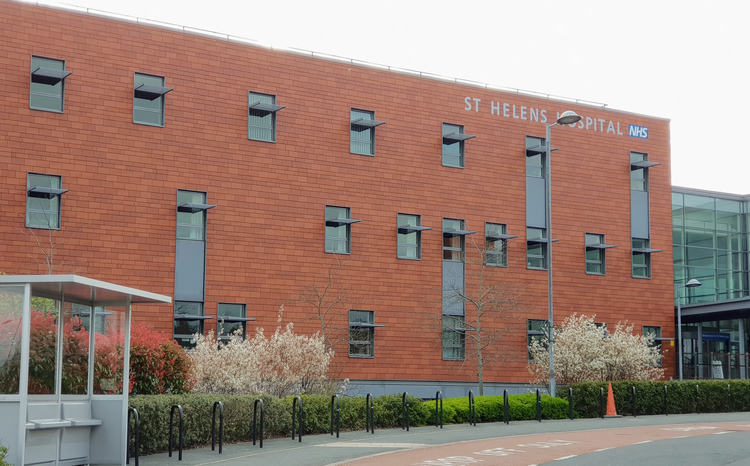NAO draws on paper to show inefficiency
- 2 February 2011
The NHS is spending almost £150m a year on printing and stationery, the National Audit Office has discovered in a report that uses paper as an example of the complexity and inefficiency of NHS procurement.
The report says there are wide variations in the number of goods that trusts buy and the price they pay for them, with the 61 trusts the NAO examined buying 21 different types of A4 paper.
It also says trusts are running up significant additional costs. The trusts it studied placed, on average, more than 1,000 purchase orders for paper a year, 82% of which were worth less than £50 – which is the estimated administration cost of a transaction.
The spending watchdog, which reports to Parliament’s Public Accounts Committee, estimates that England’s 165 hospital trusts spend about £4.6 billion a year on “consumables”, such as surgical dressings, food and drink, staff uniforms, and medical equipment.
This is about a tenth of their total expenditure. The NAO says that if trusts were to amalgamate small, ad-hoc orders for larger less frequent ones, rationalise product choices and make more use of their collective buying power they could save £500m a year.
However, it identifies a number of barriers to achieving these savings. It notes, for example, that repeated attempts to improve NHS procurement have led to both national and regional bodies being set up and then partially dismantled.
The NHS Purchasing and Supply Agency was closed in December 2009 and only some of its functions transferred to the government-wide Buying Solutions.
At the same time, Commercial Support Units were set up that partially overlap with regional Procurement Hubs; which some trusts have ignored in favour of their own shared arrangements or simply opted out of.
The report criticises the lack of benchmarking available to help trusts decide whether they would get better deals from these organisations.
It also says NHS Supply Chain is not working effectively as it might, partly because it carries a wide range of goods to attract NHS customers and has not been able to strike volume deals with suppliers.
The report also says that trusts lack real-time price information, partly because goods are not standardised, and partly because their own IT systems are not good enough.
The Department of Health has issued a draft procurement strategy for the NHS, which aims to standardise product bar-coding across the health service, using the GS1 system that is being slowly introduced for blood and asset tracking.
The strategy also says that trusts should make better use of Buying Solutions services, such as electronic auctions, work with NHS Supply Chain to rationalise product ranges, and “introduce better IT systems to allow real-time pricing of goods purchased by the NHS.”
The report does not look at whether the NHS could make savings in other ways, for example by cutting back on printing or paper use by introducing print management systems or electronic documents.
Nor does it look at the impact of national programmes or contracts such as Enterprise wide Agreements of the type the DH recently axed with major IT suppliers.



